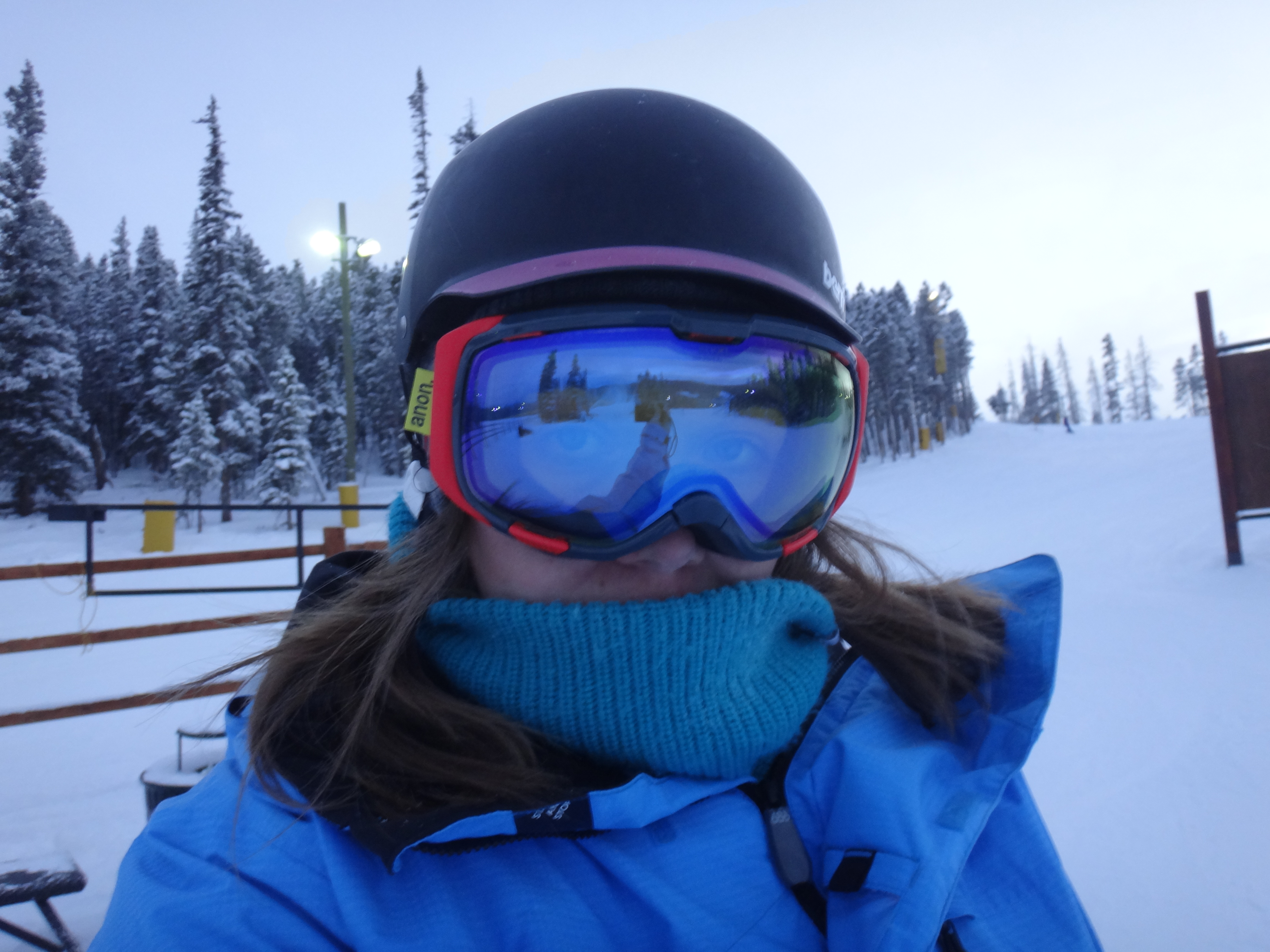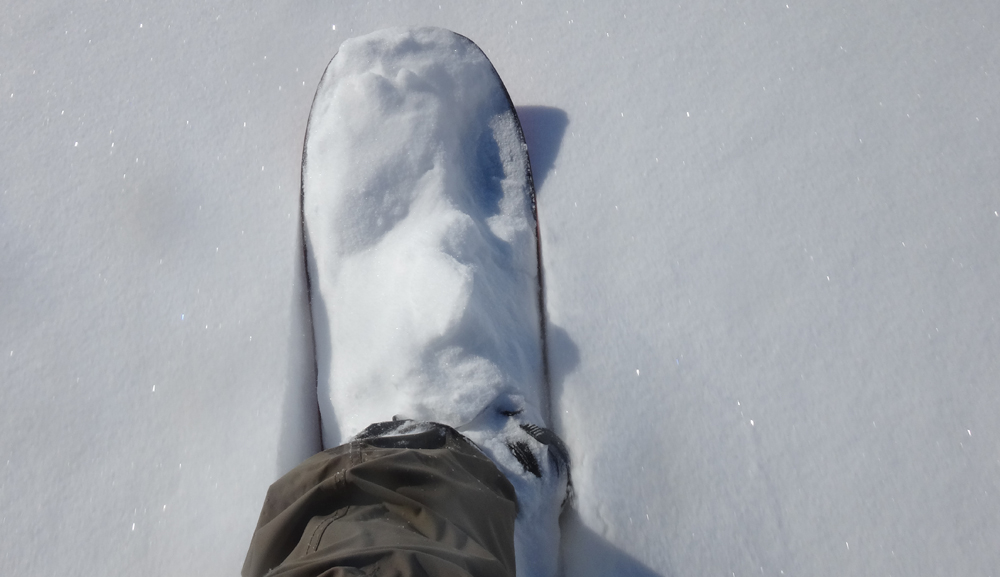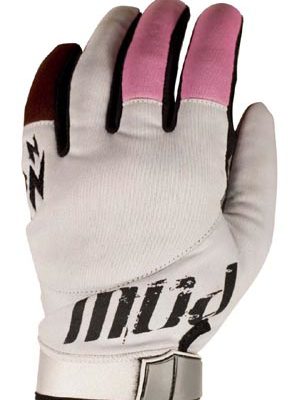Intended Purpose: Taking goggle interchangeability to the next level, the M1 goggle makes it easy to change out lenses thanks to magnetic lenses. Beyond the interchangeability quickness, the goggles feature an assortment of technology to help your snow vision on the mountain.
Location: I’ve been riding these goggles most of the season here at Keystone Resort in Colorado.
Conditions: The goggles have been ridden during the day and night at Keystone with a mix of conditions on the snow. From overcast to bluebird to snowing. I have two lenses with the goggles: Red Solex and Blue Lagoon.
Color: I received the Anon M1 goggle in the Slate colorway. It’s a mix of grey and reddish-orange with the simple Anon logos on the strap. Overall it’s a pretty plain goggle in terms of colors, not my first choice I prefer something brighter.
Lens: The Anon M1 goggle I have features the Red Solex and Blue Lagoon lenses. The Red Solex is what I would wear on bluebird days to block out the sunshine with the reflective lens. The Blue lagoon did a better job on the cloudy/overcast conditions so I’d switch it out on those days.
Fit: For the most part, it was good on fit. Snug around the face and nose, very comfortable with the triple layer face foam padding.
Helmet Compatibility: I only wore these goggles with my Bern helmet and they felt fine when I wore them underneath the helmet. Definitely the front view, the goggle is bigger frame than needed but it did the job and worked with the helmet.
Visibility: The visibility was good overall for peripheral and snow definition. My only concern was the Spherical lens that mimics the curvature of the human eye for superior optics in all directions. I actually noticed this difference as soon as I had the goggle on and it was something that I wasn’t used to so it felt weird to adjust to at first.
Features: The Anon M1 goggles feature the magne-tech interchangeable lens design that uses magnets in the frame and lens for easy quick changes. The frames are made from thermoplastic polyurethane for high abrasion resistance, consistent flexibility in changing temperatures and superior elasticity that fits all face shapes. They feature injection-molded lenses offer clear, undistorted views of scenery and terrain; Solar Shield Technology™ lends superior resistance to scratching. A Spherical lens mimics the curvature of the human eye for superior optics in all directions. Antifog treatment combats lens fogging, delivering clear vision in changing weather. Triple-layer face foam with moisture-wicking fleece provides a soft, comfortable seal against the elements. Channeled, full-perimeter venting optimizes airflow to prevent fogging. Goggles have a helmet-compatible design to ensure a proper fit, eliminate gaps and maximize ventilation. As part of the Anon Premium series, the M1 Premium snow goggles feature the latest in high-resolution graphics and detailed finishes
Durability: I’ve traveled with the goggles and used them around the mountain. Unfortunately they are showing signs of wear and tear. There are a couple scratches on both of the lenses already.
Thoughts: The concept of the magnet interchangeability definitely makes the M1 goggle a quick contender for ease and changing lenses. In terms of technology, it also offers quite a bit of goggle functionality. They are quick and easy, definitely the fastest lens change system I’ve encountered.
The goggle fit quite nicely and offered up two lenses for different conditions on the mountain. My only concern with the goggle was how easily they could be scratched compared to other goggles I’ve been wearing this season.
Review Disclosure: I received these goggles from Anon to test and review.




glemak
March 25, 2013 at 6:14 ami’ve been using m1’s all season at mount snow (50+ days) i like the fit, wear them over a red mutiny helmet, especially over my nose since like most anon’s they don’t tend to compress nasal passages – the only complaint i’ve had is that on active snowy or mixed precipitation days they seem to fog up much worse than older anon’s that i’ve worn – i think it’s due to the sides of the lens not being embedded as deeply to allow for easier magnet functionality…